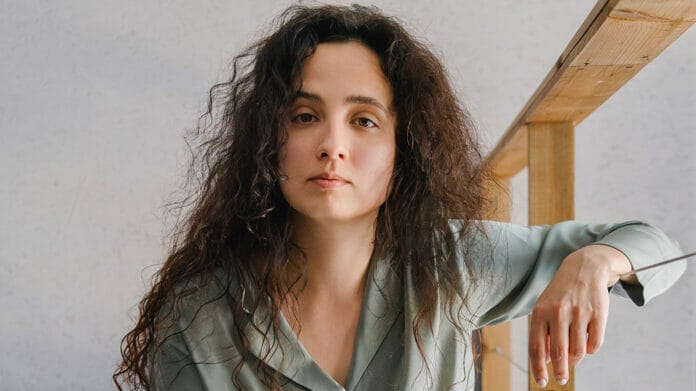In Marseille, the Nord hospital will soon offer virtual reality headsets to patients about to receive a lung transplant. The aim is to prepare them for possible post-operative complications and to relieve their stress.

In 2018 in France, 372 people received a lung transplant. This intervention is reserved for patients with chronic respiratory failure threatening their life in the months to come. The pathologies in question are cystic fibrosis, pulmonary arterial hypertension, pulmonary fibrosis (scars in the lung tissue) or pulmonary emphysema (lesions of the alveoli). But once the operation, which consists of removing one or both of the patient’s lungs and replacing them with those of another individual, is over, the risks of complications are numerous and the road is long before being completely fired. business.
Patients are therefore exposed to great anxiety and many of them fall into depression. To better prepare them for this difficult period, François Maltese, psychologist in the intensive care and resuscitation department at the Nord de Marseilles, had the idea of using virtual reality, a world first. If he is still waiting for a last green light from the Commission for the protection of persons to begin his experiment, the latter should begin in January at the latest on a group of 25 patients drawn by lot.
“The challenge is to get the patient out of intensive care as quickly as possible, where the average length of stay varies from 15 days to 3 weeks. Because the longer you stay, the more you are exposed to the risk of complications and likely to develop infections”, explains Doctor Maltese to 20 minutes.
Visualize yourself when you wake up
To develop this technology, the doctor contacted a Toulon start-up called C2Care. Since 2015, this company has put virtual reality at the service of health. Its software is now used by nearly 600 professionals in the sector to treat phobias or relax patients during a laborious medical procedure.
This time, “we worked on a scanner that allows us both to have realism, to be able to interact and move like in a video game, and to have a 3D vision, that’s the big novelty in terms of technology”, explains Pierre Gadea, co-founder of C2Care.
Before the transplant, each patient will be offered three sessions of a minimum of 45 minutes each. Equipped with his helmet, he will meet the nursing staff and visit the resuscitation unit. He will then visualize himself when he wakes up, lying down and attached and will attend daily care and medical visits before being exposed to possible unforeseen consequences of the operation. For more realism, C2Care went to the resuscitation boxes of the North Hospital, which performs 80 lung transplants each year. “It’s our own equipment that appears in the image,” explains François Maltese.
Virtual reality, increasingly used by Western hospitals
Very soon, the doctor will therefore be able to start testing this technique on patients. Within two years, the effects of this method should be able to be measured. Ultimately, François Maltese hopes to achieve a 30% reduction in patient stress after the transplant. At the North Hospital, other services have already shown their interest in this practice. If the latter works, it can “may be extrapolated in many areas of scheduled surgery, and why not also for high-risk pregnancies”, hopes François Maltese.
In the West, several hospitals have already started offering virtual reality headsets to help expectant mothers relax during childbirth. In Belgiumto facilitate the separation between mother and child after a cesarean birth, the polyclinic Jean Villar, in Bruges, installs a headset for women in the recovery room so that they can follow the first moments of their baby as if they were there.
Recently, the University of Wales has started experimenting with virtual reality on a small group of future mothers. The goal is to offer them images of the aurora borealis and dolphins swimming in turquoise waters to escape the white and agonizing walls of the hospital and forget the pains of labour. Finally, in the United States, the Cedars Sinai hospital has developed a virtual reality scenario linking women more to childbirth so as not to dispossess them of this experience. The expectant mothers are taken to a beach until a campfire is gently lit on the ground. At the same time, a pink tree resembling a placenta blossoms.
.
















